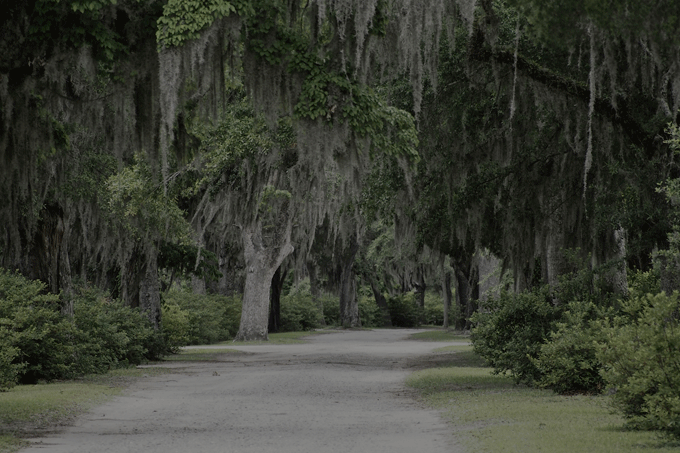It’s been two decades since John Berendt’s Midnight in the Garden of Good and Evil put Savannah, Georgia, in the spotlight. Unveiling a host of quirky characters in the telling of an infamous murder trial, the book was a finalist for the Pulitzer Prize and became the longest standing New York Times best seller in history. By the time it was made into a movie directed by Clint Eastwood in 1997, everybody who’d read it wanted to visit Savannah—and see for themselves all the eccentric personalities and mysterious places depicted on its pages.
During a recent visit to this historic coastal town, I noticed that what made Savannah famous before Midnight‘s publication—the stately antebellum homes, the abundant squares, the artists and jazz musicians that breathe life into the downtown area—was still intact. But what about the darker and more enigmatic aspects of Savannah that drew folks into Berendt’s story and gave the city a more lurid allure? And what about the real-life characters and colorful sites that fans attempted to track down through the years?
I found out that one of the book’s main characters, the sassy drag queen Lady Chablis, is still perfuming once a month at Club One, a cabaret and dance spot downtown. But the demure Bird Girl statue, which was featured on the book’s cover and became an overnight tourist attraction after Midnight‘s publication, has disappeared from Bonaventure Cemetery, Savannah’s most famous burial ground. Today, Bird Girl sits in the Telfair Academy of Arts and Sciences, where it was moved to protect it from the hordes of tourists who flocked to Bonaventure.
The cemetery itself, which was in essence a main character, looks as hauntingly beautiful as ever. Perched on a bluff overlooking the Wilmington River, its 200-year-old tombstones, angelic sculptures and live oak trees dripping with Spanish moss give it an otherworldly appeal. In Midnight, Bonaventure serves as the “garden of good and evil” where bizarre voodoo rituals are performed. One of its graves, that of Pulitzer Prize-winning poet Conrad Aiken, is marked by a bench inscribed with the words, “Cosmos Mariner, Destination Unknown.” In the book, two of Berendt’s characters sit on this bench and drink martinis together. For years, so did many fans, martini shakers in hand, hoping to recreate the scene.
While there weren’t any martini parties at Aiken’s gravesite the day I visited Bonaventure, it was evident that Savannah maintains its flamboyant yet mysterious charm. Although some may have assumed the book made the city, I’m certain it was the other way around.








